1.WhatisSDGBookClub?
‘UN SDG Book Club’ is a youth book discussion group initiated by the United Nations Publications, to teach the international youth about the importance of the Sustainable DevelopmentGoals(SDGs). Butreadingisjustthefirststep. The‘IntensiveReading/Writing Study’ is an intensive and professional English class based on the high-end English books selectedbytheUNselectioncommitteeincludingtheUNPublicationsandtheInternational PublisherAssociationinNewYork,USA,etc.BasedontheinternationalmodelUNcurriculum, the study program consists of individual/group English discussions and/or case studies, Model iBT TOEFL test, and expert feedback usingthe US Educational TestingService (ETS). All participants areexpected to achieve in-deptheducational book reading skills as well as reportwritingskillsbywritingacademicessaysonthemonthlytheme,2030Agenda,andthe UNSDGs.
2.SustainableDevelopmentGoals
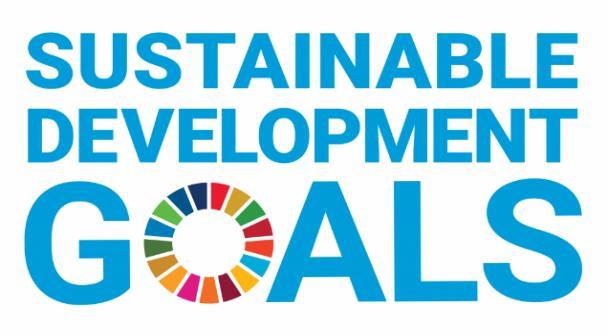
The Sustainable Development Goals (SDGs) are a universalcalltoactiontoendpoverty,protectthe planetand improve the lives and prospects of everyone, everywhere. The 17 Goals were
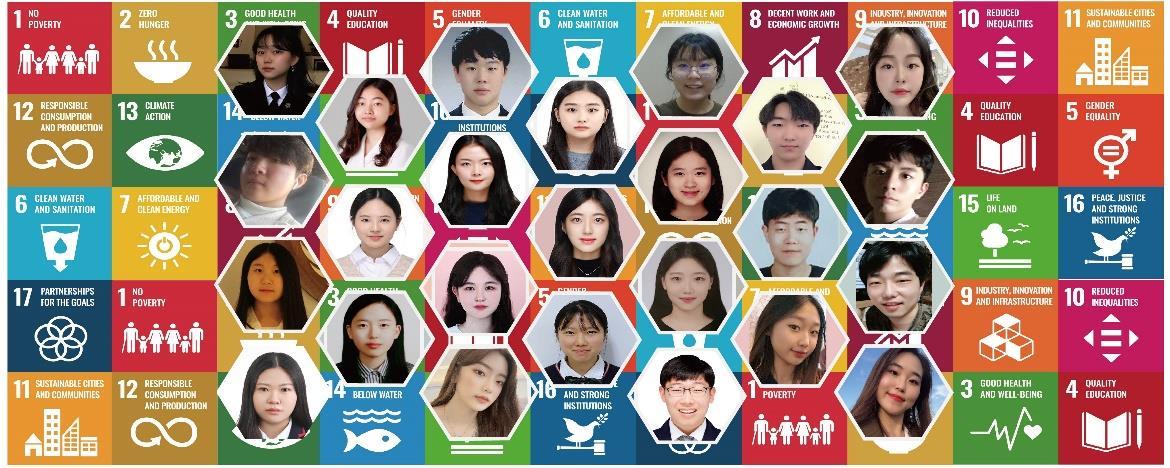
Intensive English Study Group Page 4 / 37
adopted by all the UN Member States in 2015, as part of the 2030 Agenda for Sustainable Development.
WithjustundertenyearslefttoachievetheSDGs,allsectorsofsocietyshouldmobilizefora decade of action on three levels: global action to secure greater leadership, local action embeddingtheneedtransitionsinthegovernments,cities,andlocalauthorities,andpeople action, including by the youth, civil society, the media, and other stakeholders, to generate anunstoppablemovementpushingfor therequiredtransformations,Weshouldallachieve theGoalsbythetargetdateof2030,leavingnoonebehind.
3.Definition&PurposeoftheSDGs
Goal1:NoPoverty
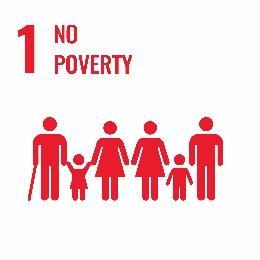
Poverty is one of the greatest challenges facing humanity. There is less povertythantherewasin1990,butsomepeoplestillliveapoorlife.Most countries lack food, safe drinking water, and clean facilities. Many other countries with well-growing growth gave benefits to poverty countries. However, across South Asia, and sub-Saharan Africa, which accounts for 80 percent of the poorest people, theyhaven'tendedpoverty.SoSDGthoughtheystillneedsagreatideaofefforttogetpeople out of poverty and not just have food and services. But it does not mean that they won't providethefood;theywillcontinuewithanotherway.
Goal2:ZeroHunger
Ending hunger by 2030 and ensuring food security is the uttermost important part in order to achieve this goal. The goal is to ensure that everyone has enough food that is in good quality to lead a healthy life. Sustainable Development Goals (SDGs) aim would require increased access to food and widespread promotion of sustainable farming. Improving the productivity and incomes of small-scalefarmersbypromotingequalaccesstoland,technologyandmarkets,sustainable food production systems, and resilient agricultural practices. It also requires increased
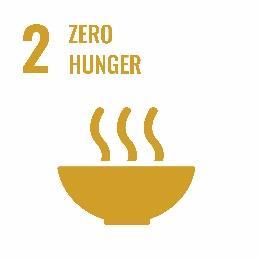
Intensive English Study Group Page 5 / 37
investments through international cooperation to bolster the productive capacity of agricultureindevelopingcountries.
Goal3:GoodHealthandWell-being
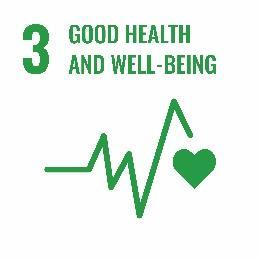
The goal is to promote people's well-being and ensure healthy lives by improving reproductive and maternal and child health and eliminating non-communicableandenvironmentaldiseases.Achievingthisgoalwill leaduniversalhealthcoverageandensureuniversalaccesstosafe,affordableandeffective drugs and vaccines. So world leaders are committed to supporting research and development,increasinghealthresources,andimprovingallcountries’ capacity tomitigate andmanagehealthrisks.
Goal4:QualityEducation
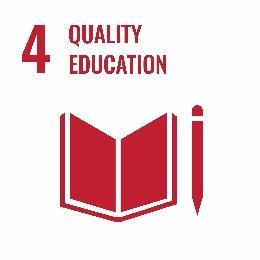
The goal is to ensure access to quality education and lifelong learning opportunitiesforallpeople.TheSDGsaimontheacquisitionofbasicand higher-order skills at all stages of education and development. In addition,givingmoreequalaccesstoqualityeducationatalllevelsandtogiveopportunities forall.
Goal5:GenderEquality
After the 13th amendment and the 15th amendment every slave was freedandhadhumanrights,butuntilthe13thamendment,womenhad no right to vote. Finally, after the 15th amendment, they got the right to vote. Discrimination has existed between men and women since ancient times, and it still occurs wherein labor. Women are discriminated against not only in the workplace but in manyotherproblems.Thereisalotofdiscriminationnotonlybetweenmenandwomenbut amongchildrenaswell.TheSDGshopetoresolveallproblemsfacingwomen.
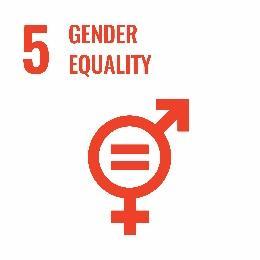
Intensive English Study Group Page 6 / 37
Goal6:CleanWaterandSanitation
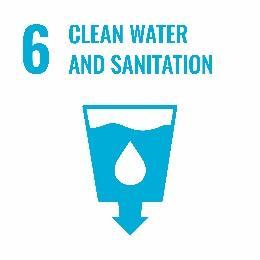
Waterscarcityaffectsmorethan40percentofpeople,analarmingfigure thatisnowknowntoriseastemperaturesdo.Although2.1billionpeople have improved water sanitation since 1990, diminishing drinking water suppliesareaffectingeveryminute.Moreandmorecountriesareexperiencingwaterstress. By2050,itisprojectedthatatleastoneinfourpeoplewillsufferduetowatershortages.Safe and affordable drinking water for all by 2030 requires investigation of inadequate infrastructure,providingsanitationfacilities,etc.Byprioritizingcleanwater,wecanimprove the health and livelihoods of millions of people. This is what the SDGs are working on to preventseriousproblemsfromhappening.
Goal7:AffordableandCleanEnergy
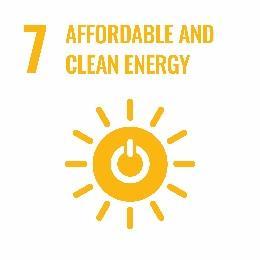
Between2000and2016,thenumberofpeoplewithelectricityincreased from 78 to 87 percent, and the numbers without electricity dropped to just below one billion. As the population continues to grow, so will the demandforcheapenergy.Furthermore,aneconomyreliantonfossilfuelsiscreatingdrastic changes to our climate. Investing in solar, wind and thermal power, improving energy productivity, and ensuring energy for all is vital if we are to achieve SDG 7 by 2030. Clean, sustainable energy is not just about the environment. Around 4.3 million people die every yearfrompollutionresultingfromindoorcookstovesthatusefireortoxicfuels.Thesedeaths areentirelypreventable.Wecanmakesureeverypersonhasaccesstorenewableenergyby 2030.
Goal8:DecentWorkandEconomicGrowth
Over the past 25 years, the number of workers living in extreme poverty has declined dramatically, despite the lasting impact of the 2008 economiccrisisandglobalrecession.Indevelopingcountries,themiddle classnowmakesupmorethan34percentoftotalemployment –anumberthathasalmost
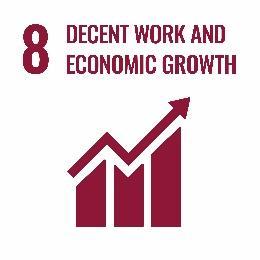
Intensive English Study Group Page 7 / 37
tripled between 1991 and 2015. However, as theglobal economy continues to recover, we areseeingslowergrowth,andaninsufficientamountofjobstokeepupwithagrowinglabor force. According to the International Labour Organization, more than 204 million people were unemployed in 2015. Encouraging entrepreneurship and job creation are key to this, asareeffectivemeasurestoeradicateforcedlabor,slavery,andhumantrafficking.Withthese targetsinmind,thegoalistoachievefullandproductiveemployment,anddecentwork,for allwomenandmenby2030.
Goal9:Industry,Innovation,andInfrastructure

Investment in infrastructure and innovation are crucial drivers of economic growth and development. With over half the world's populationnowlivingincities,masstransportandrenewableenergyare becoming more important, as are the growth of new industries and information and communicationtechnologies.Technologicalprogressisalsokeytofindinglastingsolutions tobotheconomicandenvironmentalchallenges,suchasprovidingnewjobsandpromoting energy efficiency. Promotingsustainableindustries,andinvestinginscientificresearchand innovation,areallimportantwaystofacilitatesustainable development.
Goal10:ReducedInequality
Income inequality is on the rise the richest 10 percent have up to 40 percent of global income whereas the poorest 10 percent earn only between 2 to 7 percent. If we take into account population growth inequalityindevelopingcountries,inequalityhasincreasedby11percent.Wecannotlivein a truly developed world without equal opportunities for both countries and their citizens. Equality is at the core of all the sustainable development goals. Together we can empower andpromotethesocial,economicandpoliticalinclusionofallpeopleirrespectiveofage,sex, disability,race,ethnicity,origin,religion,economicoranotherstatus.

Intensive English Study Group Page 8 / 37
Goal11:SustainableCitiesandCommunities
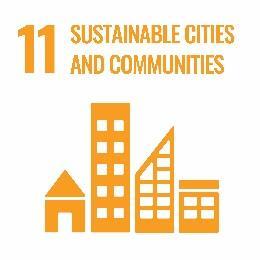
Aboutaquarteroftheworld'spopulationresidesincities.By2050,twothirds of all humanity 6.5 billion people will be urban. Sustainable development cannot be achieved without significantly transforming the way we build and manage our urban spaces. The rapid growth of cities a result of rising populations and increasing migration has led to a boom in mega-cities, especially in the developingworld,andslumsarebecomingamoresignificantfeatureofurbanlife.By2030, almost 60% of the world's population will live in urban areas, and most of that urban expansion will be in the developing world. Rapidurbanization puts pressure on supplies of fresh water, sewage systems, the living environment, and public 28 health. The SDGs are workingtoresolvethisby investmentinpublictransport,creatinggreenpublicspaces,and improvingurbanplanningandmanagementinparticipatoryandinclusiveways.
Goal12:ResponsibleConsumptionandProduction
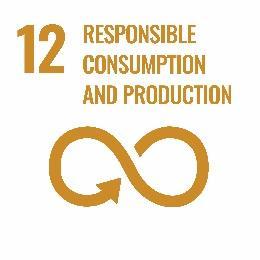
Achieving economic growth and sustainable development requires that we urgently reduce our ecological footprint by changing the way we produce and consume goods and resources. The efficient management of our shared natural resources, and the way we dispose of toxic waste and pollutants, are important targets to achieve this goal. Encouraging industries, businesses, and consumers to recycle and reduce waste is equally important, as is supporting developing countries to movetowardsmoresustainablepatternsofconsumptionby2030.
Goal13:ClimateAction
The UN aims to take action in the fight against climate change by reducing the amount of pollution and carbon emissions around the world, specifically in developed countries. To take action against global warming, the UN aims to mobilize $100 billion annually in an attempt to aid developing countriestoadapttoclimatechangeandinvestinthedevelopmentoflow-carbonemitting
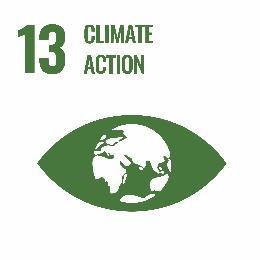
Intensive English Study Group Page 9 / 37
technologies. Achieving SDG 13 would contribute to not only preventing global climate change but would also contribute to other SDGs including Goals 14 and 15, saving life on landandbelowwater.
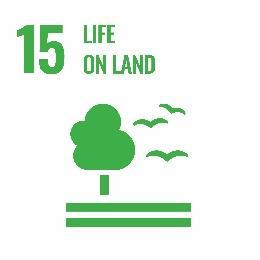
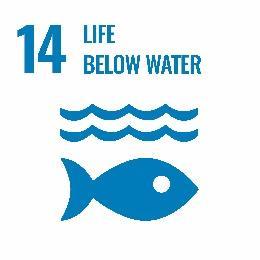
Goal14:LifeBelowWater
The world’s oceans – their temperature, chemistry, currents, and life –impact global systems that make the Earth habitable for humankind. How we manage thisvital resource is essential for humanity as a whole, and to balance the effects of climate change. Over three billion people depend on marine andcoastalbiodiversityfortheirlivelihoods.However,todayweareseeing30percentofthe world’s fish stocks overexploited, reaching below the level. Marine pollution, an overwhelmingmajorityofwhichcomesfromland-basedsources,isreachingalarminglevels, with an average of 13,000 pieces of plastic litter to be found on every square kilometer of ocean. The SDGs aim to sustainably manage and protect marine and coastal ecosystems frompollution,aswellasaddresstheimpactsofoceanacidification.
Goal15:LifeonLand
Human life depends on the earth as much as the ocean for our sustenance and livelihoods. Plantlife provides 80 percent of the human diet,andwerelyonagricultureasimportanteconomicresources.Forests cover 30 percent of the Earth’s surface, provide vital habitats for millions of species, and importantsourcesfor cleanair andwater. Every year,13millionhectaresofforestsarelost, while the persistent degradation of drylands has led to the desertification of 3.6 billion hectares,affectingpoor communities. Moreover,nearly7,000speciesofanimalsandplants have been illegally traded. Wildlife trafficking not only aggravates biodiversity, but creates insecurity,fuelsconflict,andfeedscorruption.Urgentactionmustbe29takentoreducethe lossofnaturalhabitatsandbiodiversitywhicharepartofourcommonheritageandsupport
Intensive English Study Group Page 10 / 37
global food and water security, climate change mitigation and adaptation, and peace and security.
Goal16:PeaceandJusticeStrongInstitutions
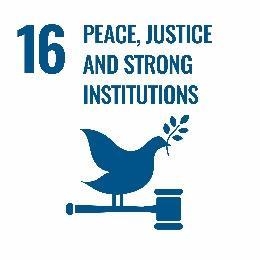
We cannot hope for sustainable development without peace, stability, humanrights,andeffectivegovernance,basedontheruleoflaw.Yetour world is increasingly divided. Some regions enjoy peace, security, and prosperity,whileothersfallintoseeminglyendlesscyclesofconflictandviolence.Thisisnot inevitableandmustbeaddressed.Armedviolenceandinsecurityhaveadestructiveimpact on a country’s development, affecting economic growth, and often resulting in grievances thatlastforgenerations.Countriesmusttakemeasurestoprotectthosewhoaremostatrisk.
TheSDGsaimistosignificantlyreduceallformsofviolence,andworkwithgovernmentsand communitiestoendconflictandinsecurity.
Goal17:PartnershipstoAchievetheGoal
The SDGs can only be realized with strong global partnerships and cooperation. Official Development Assistance remained steady but below target, at US$147 billion in 2017. Furthermore, humanitarian crises and natural disasters continue to demand more financial resources and aid. Many countriesalsorequireOfficialDevelopmentAssistancetoencouragegrowthandtrade. The world is more interconnected than ever. Improving access to technology and knowledge is animportantwaytoshareideasandfosterinnovation Reference:UnitedNations
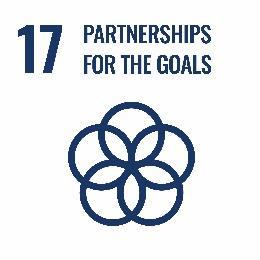
Intensive English Study Group Page 11 / 37

StudentMember

EunsulKim,KoreaInternationalSchoolJeju
GiannaErinCamaya,St.Scholastica'sAcademyMarikina
HyungeonChung,DwightSchoolSeoul
JiaPark, KISBInternationalSchool
JooeunLee, KoreanInternationalSchoolHongKong

KayeonPark,SeoulGawonElementarySchool
Lin,Chi-han,WufuJuniorHighSchool
NgoThanhUyen,LawrenceS.TingSchool
NguyenLeNhatMinh,DeltaGlobalSchool
SeoinChoi,SeowonElementarySchool
YeeunKim,SALTInternationalSchool
SeohyunYoon,SeoulNationalUniversity
Intensive English Study Group Page 13 / 37
Instructor
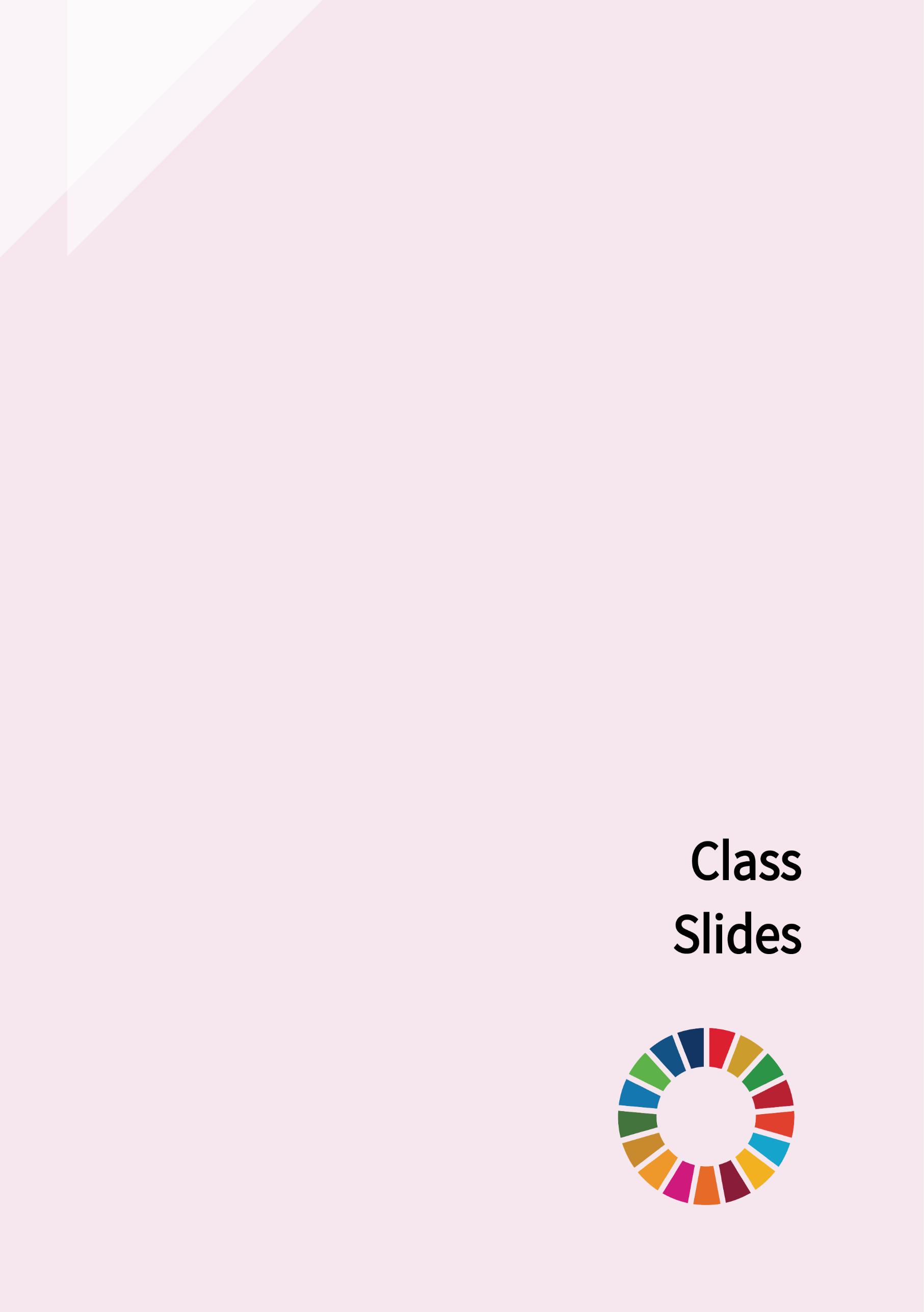


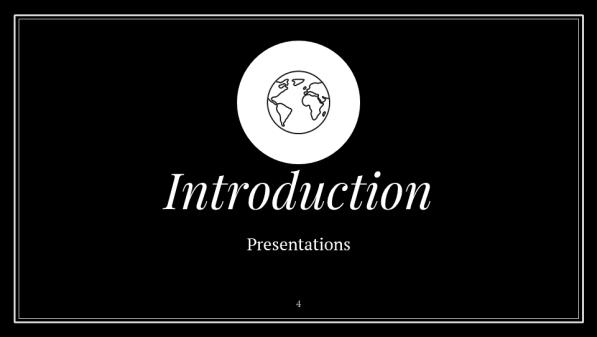
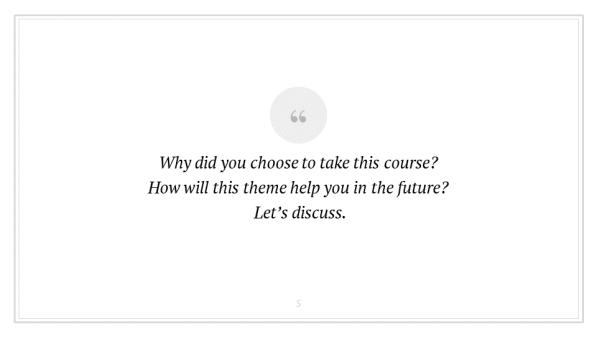
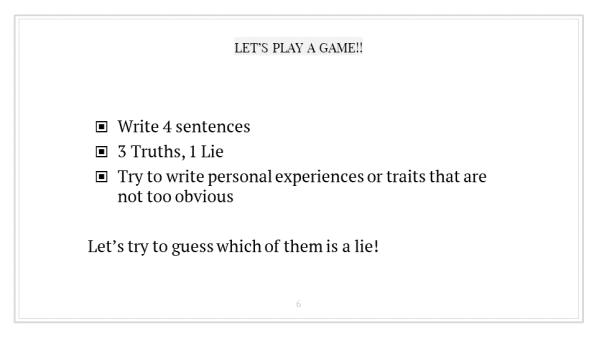

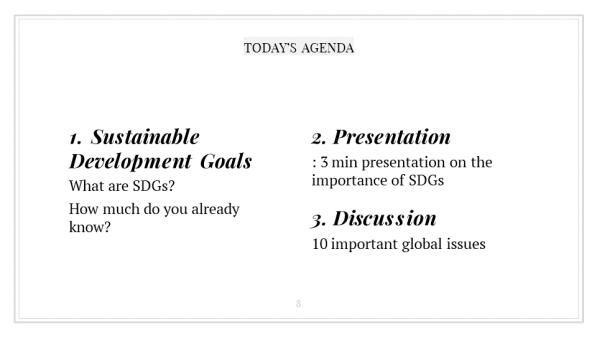
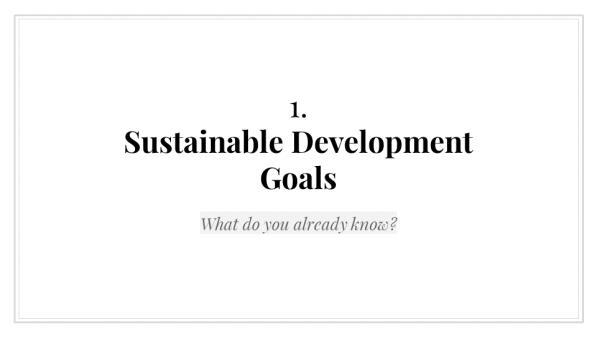
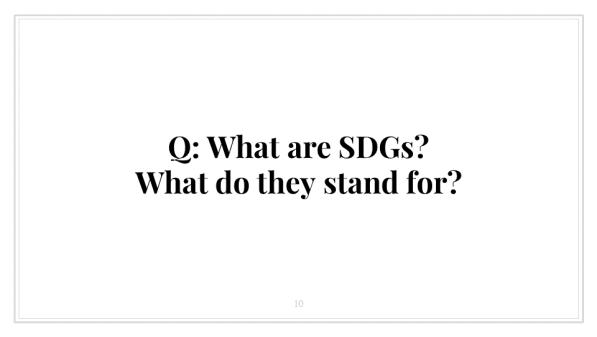
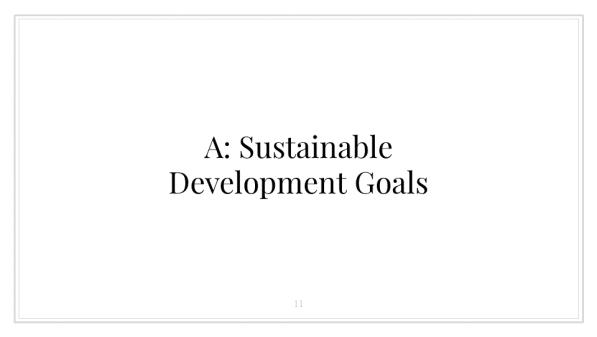
Intensive English Study Group Page 15 / 37
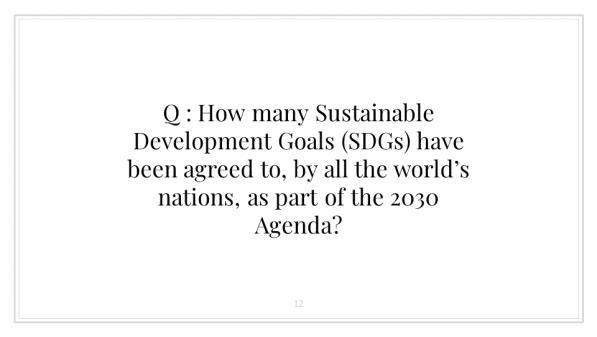
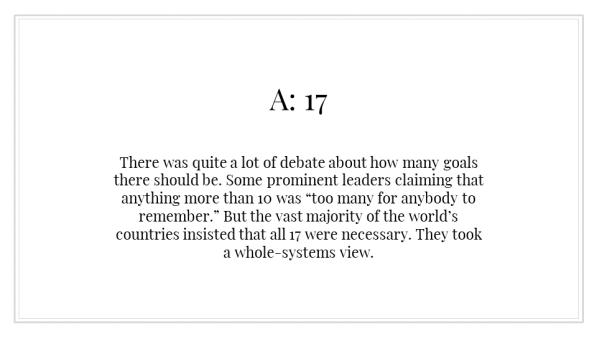
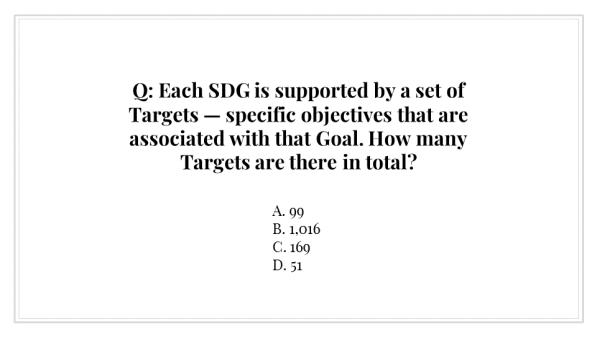
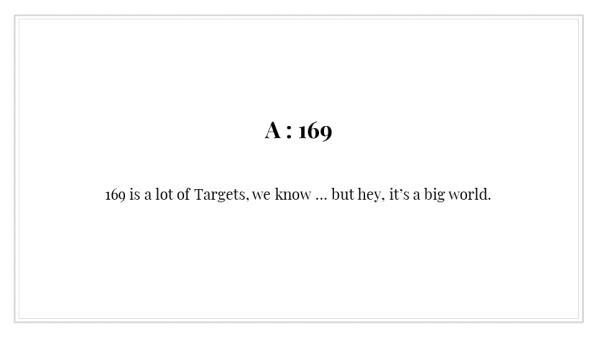

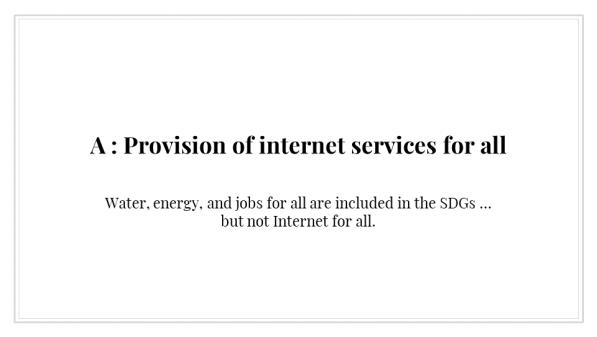

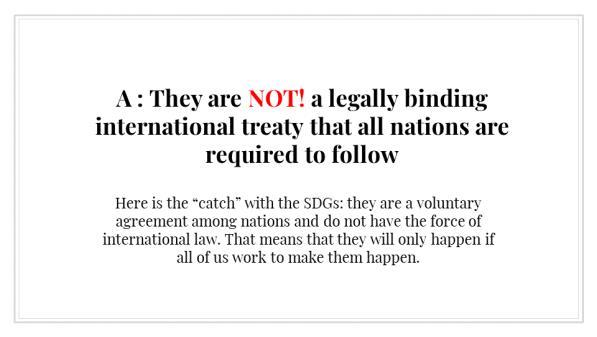
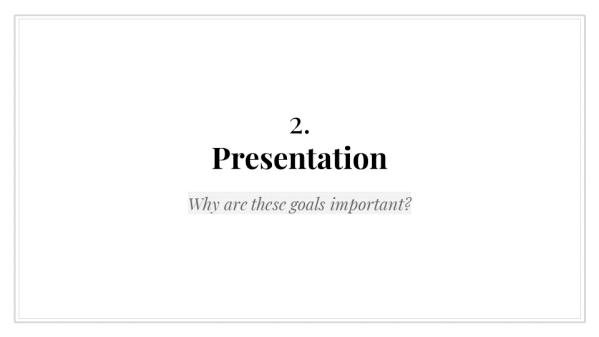
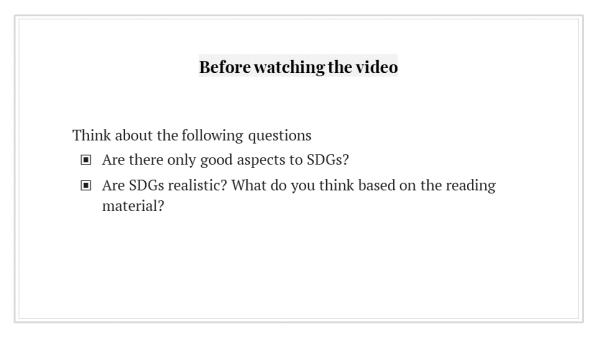
Intensive English Study Group Page 16 / 37
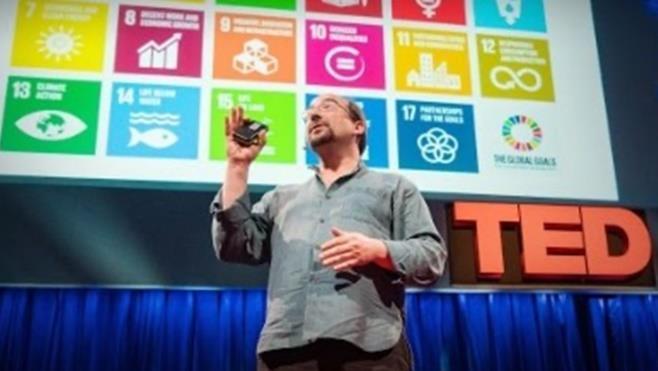
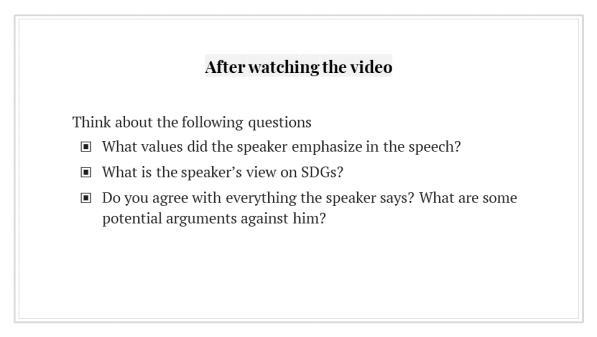

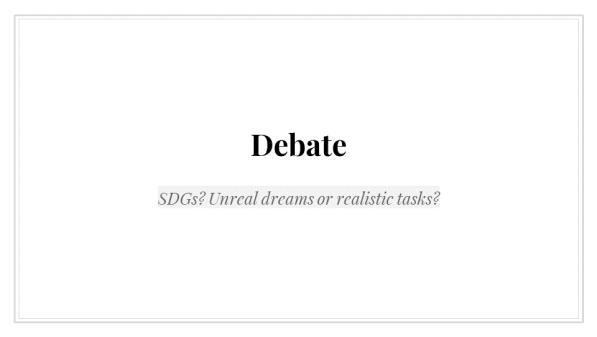
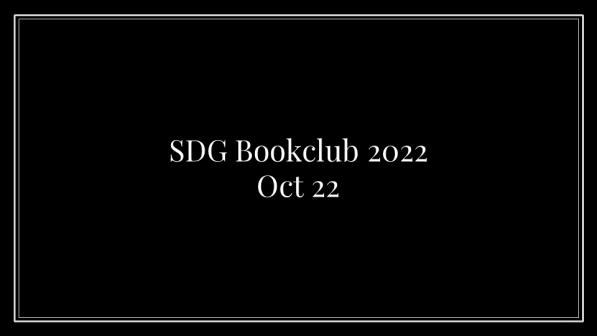
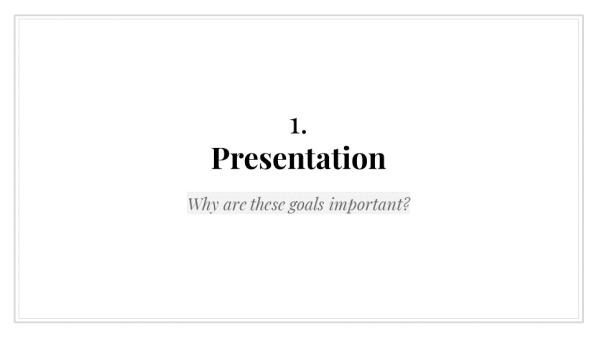



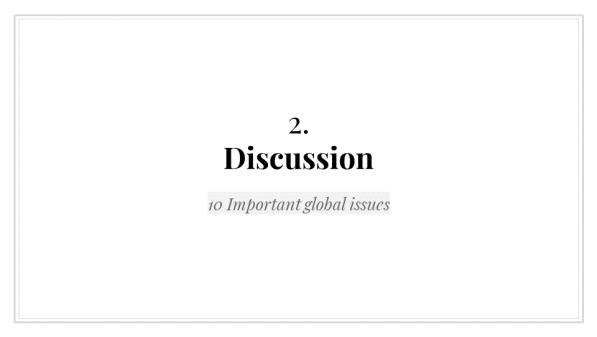
Intensive English Study Group Page 17 / 37
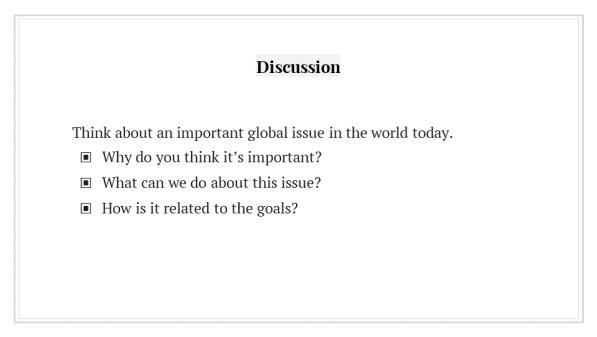
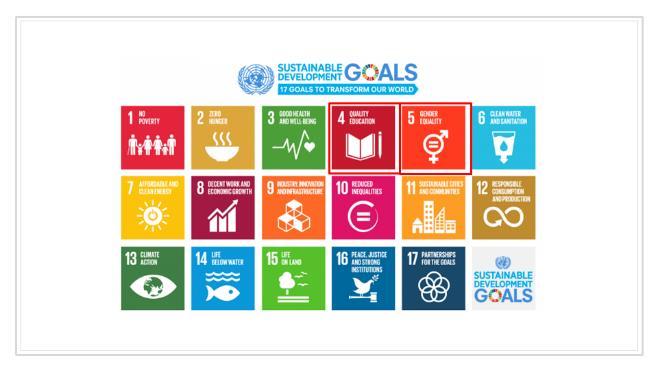

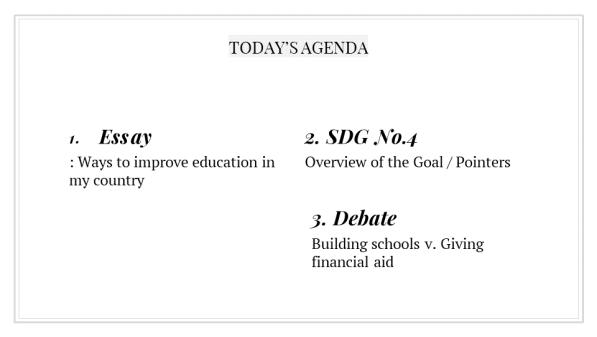
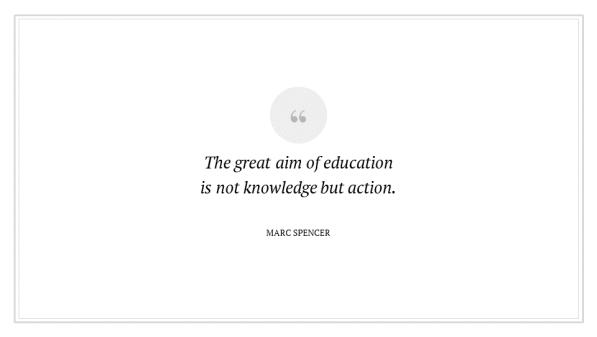

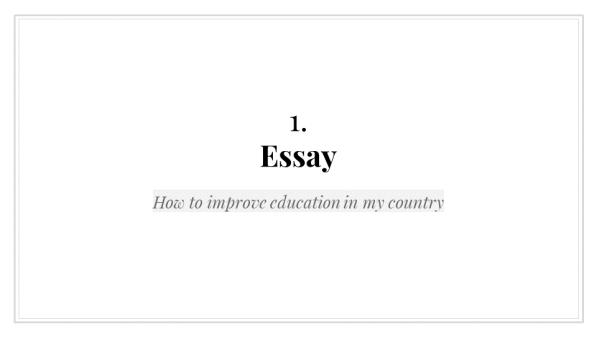
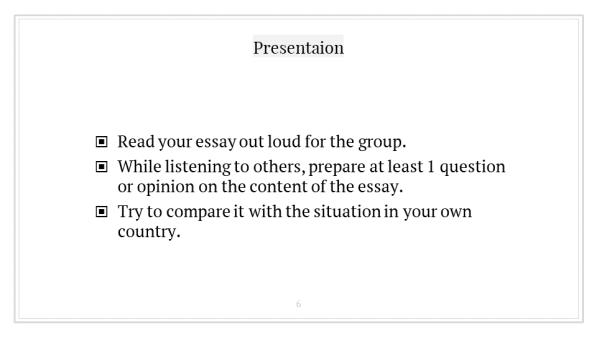
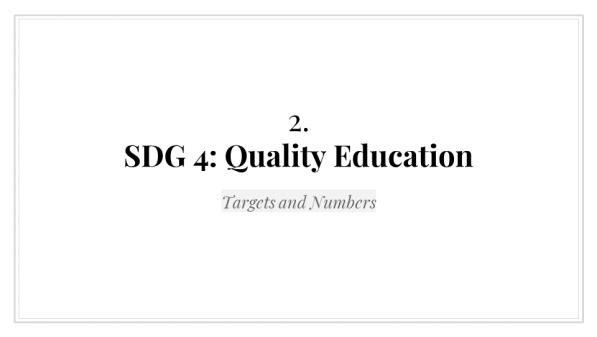
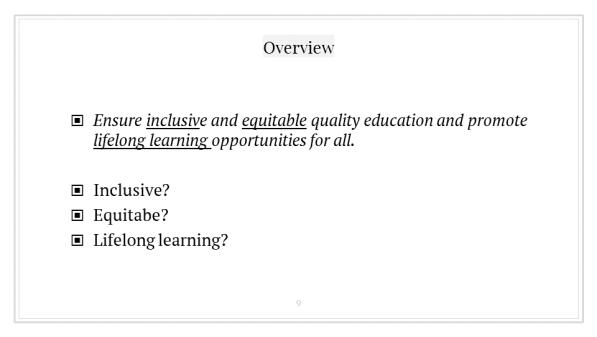
Intensive English Study Group Page 18 / 37
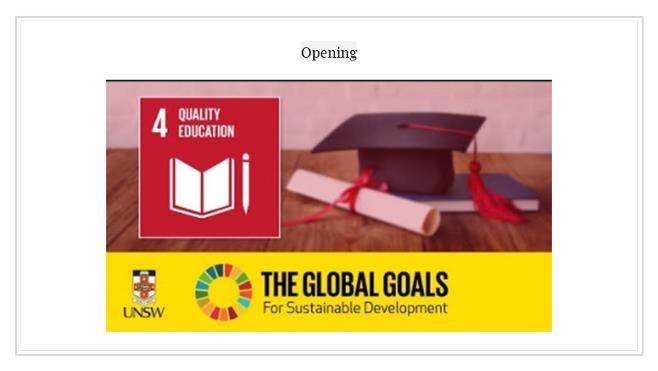
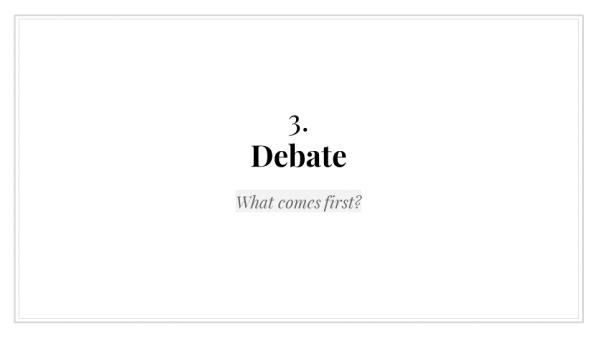

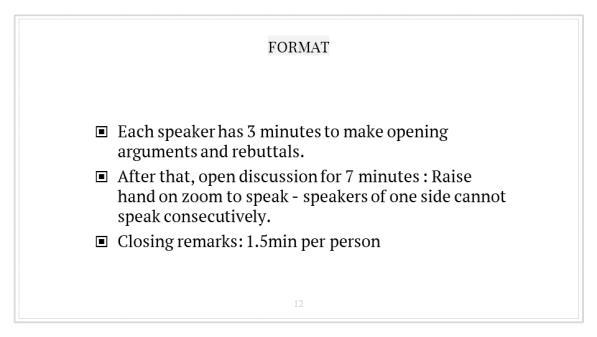

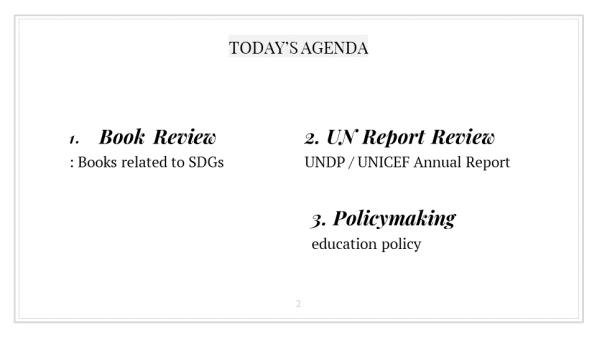
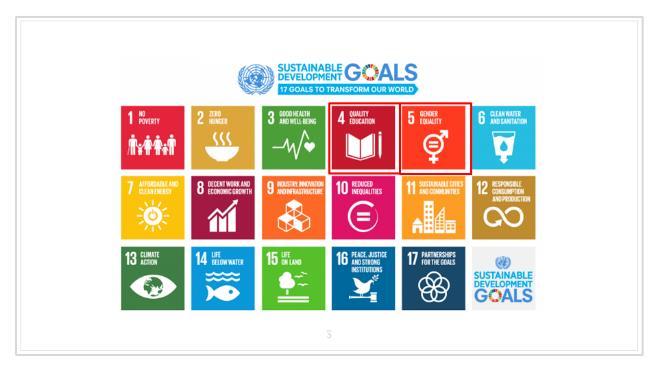
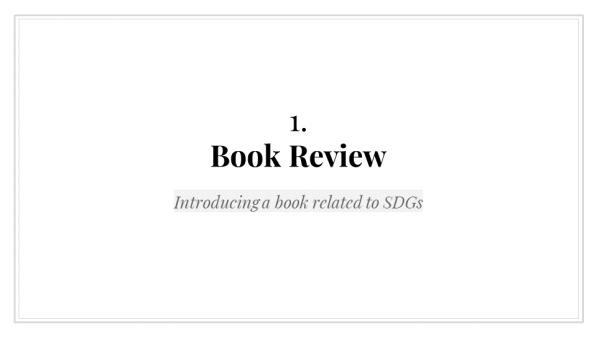
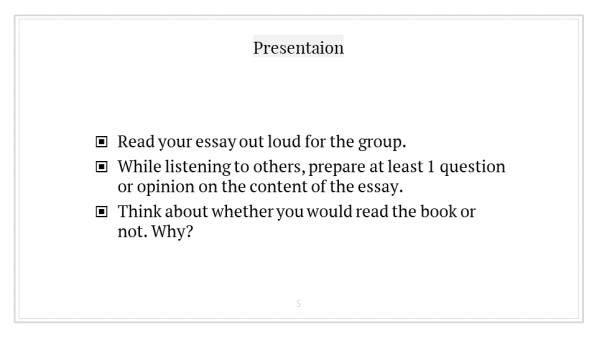
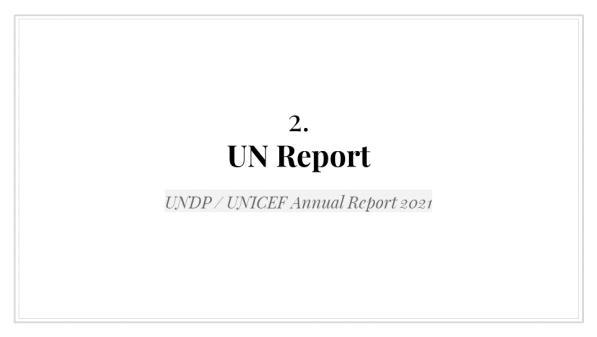
Intensive English Study Group Page 19 / 37
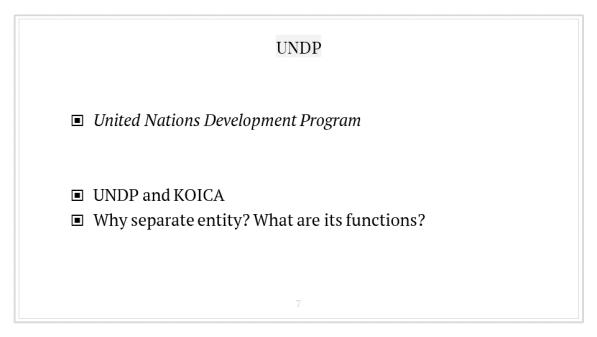
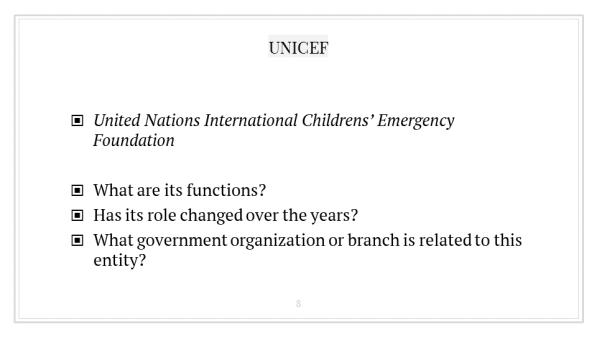
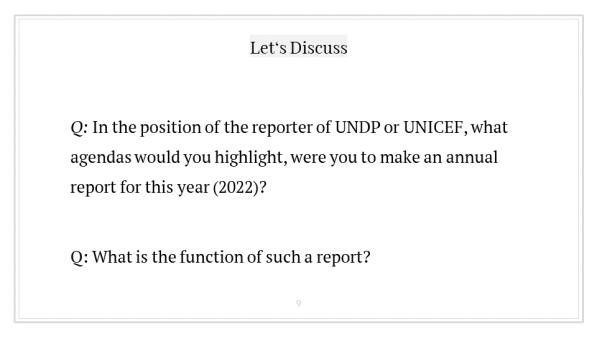

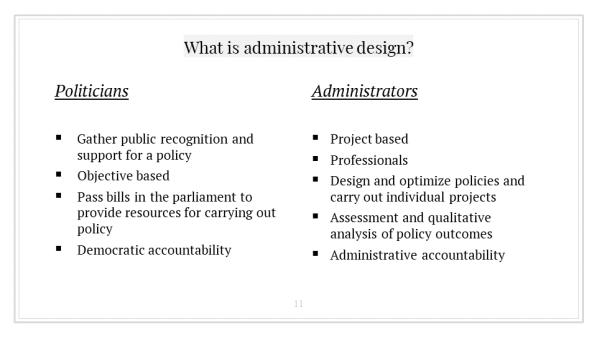
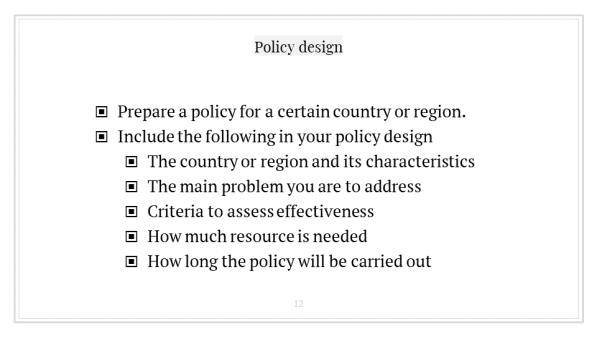

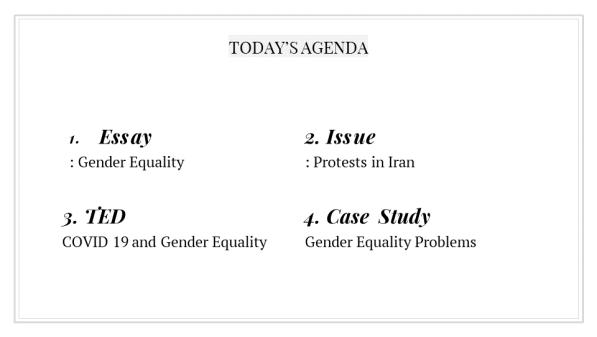

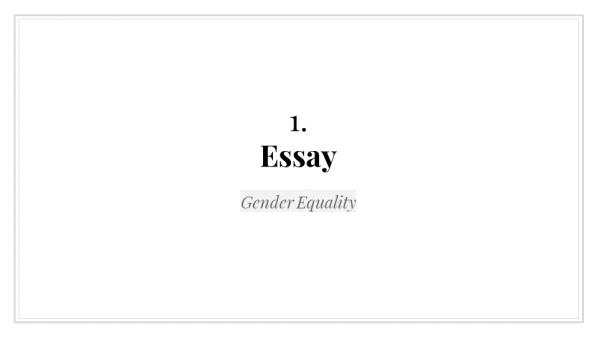
Intensive English Study Group Page 20 / 37
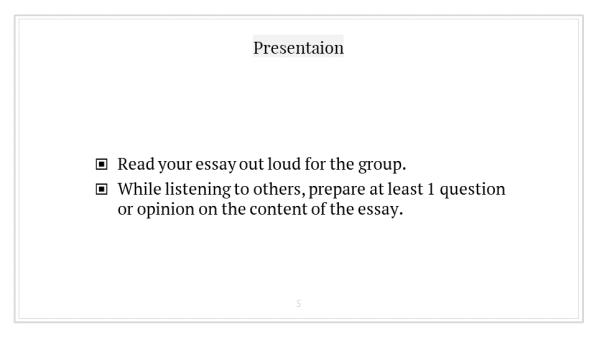
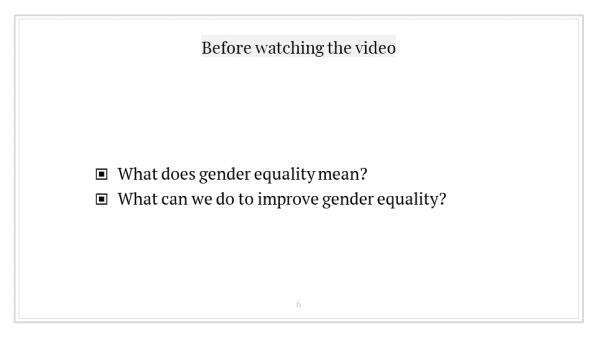


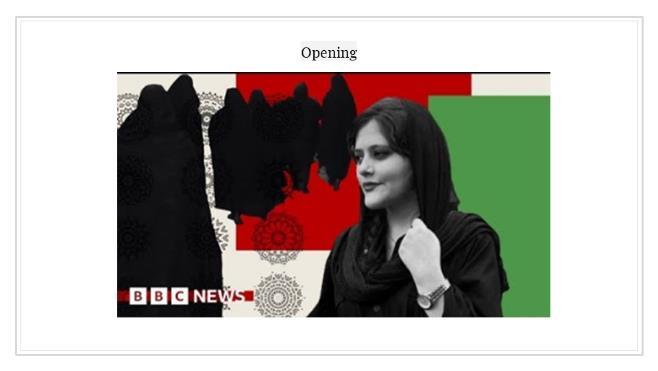
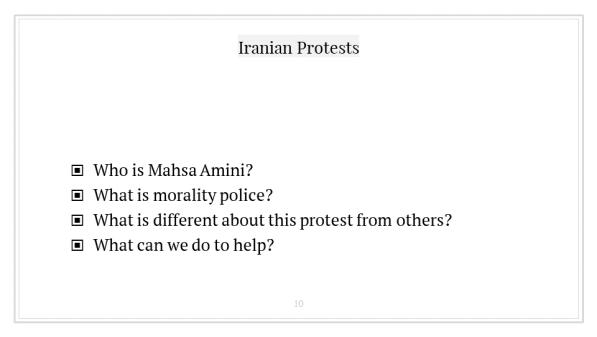
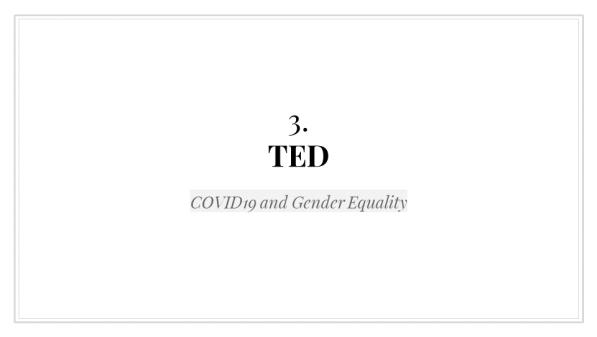
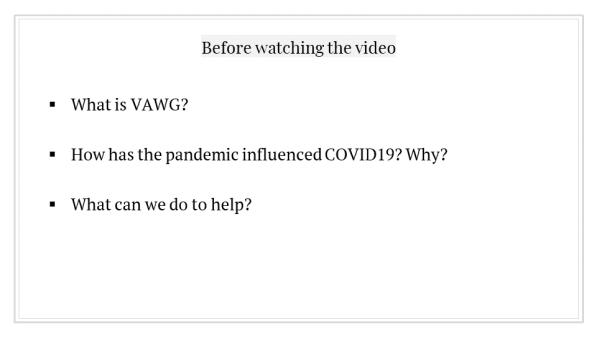
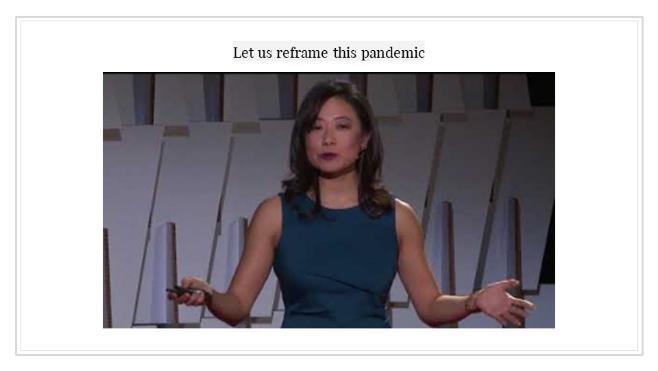
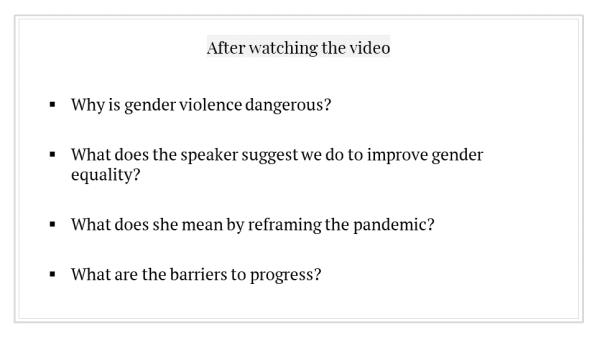
Intensive English Study Group Page 21 / 37
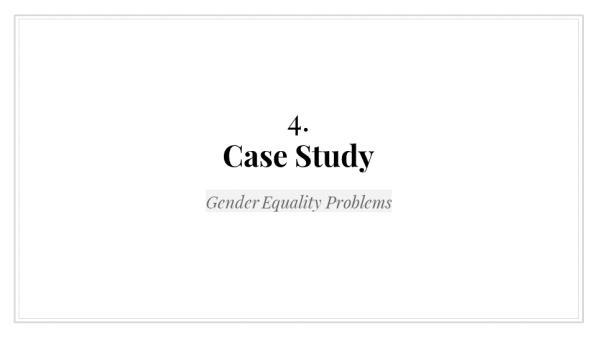
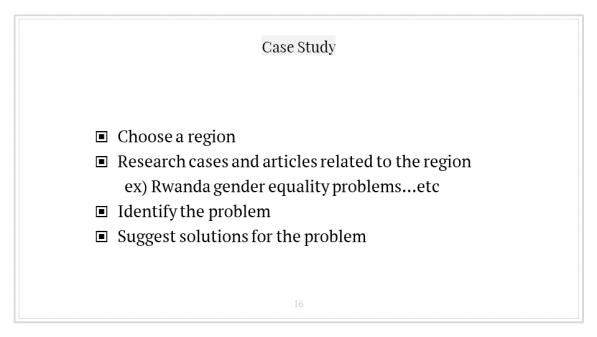

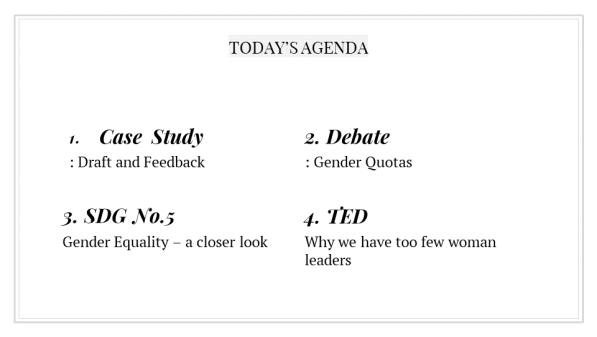

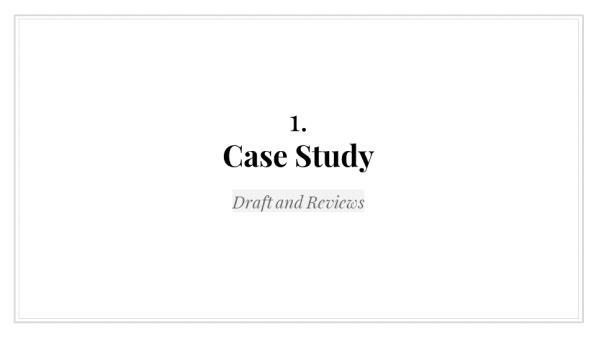
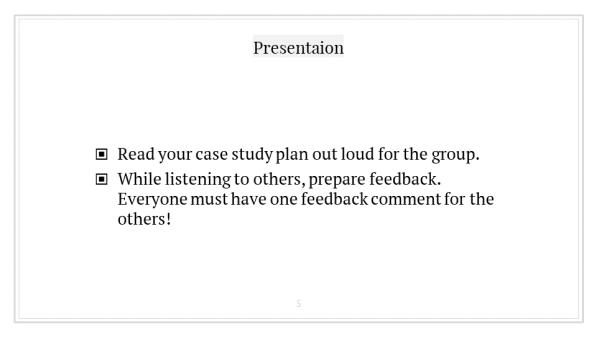
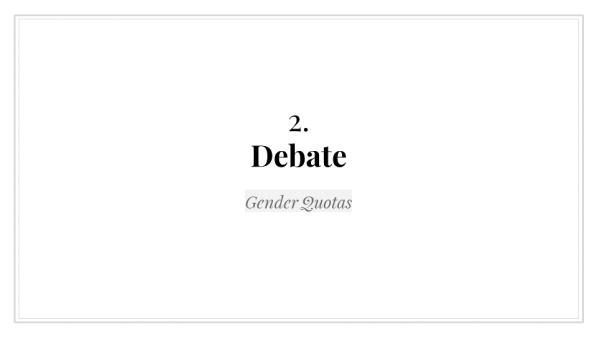
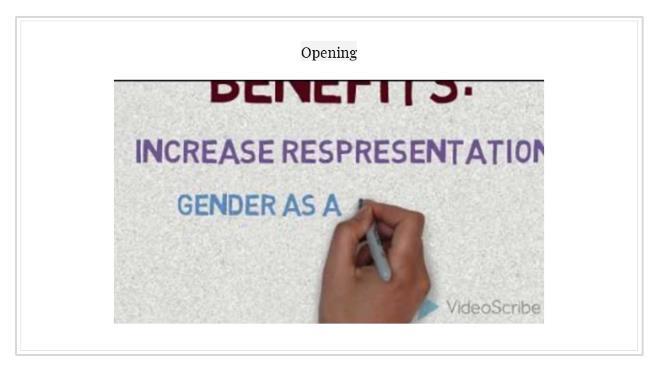
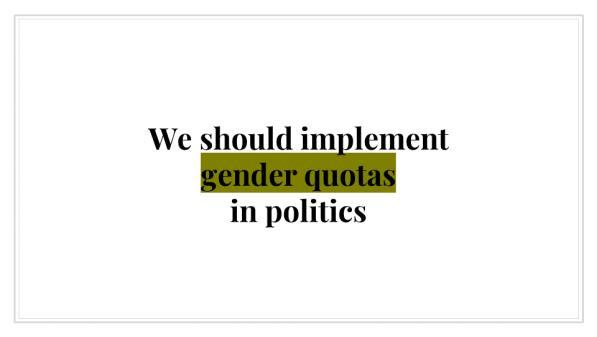
Intensive English Study Group Page 22 / 37
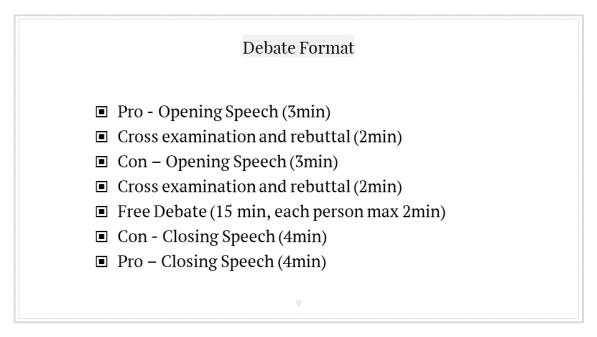
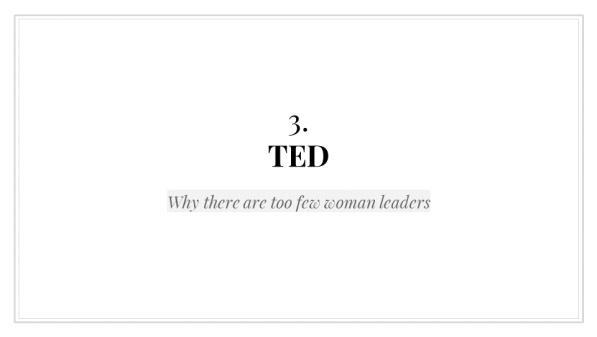
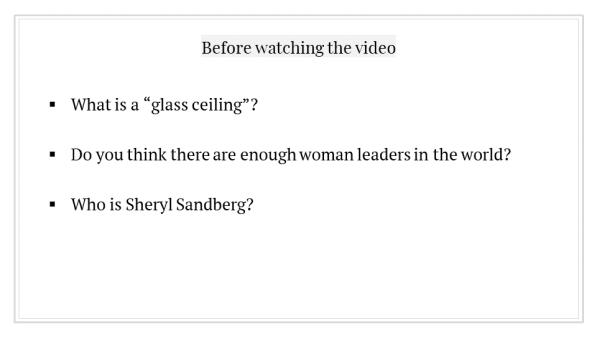
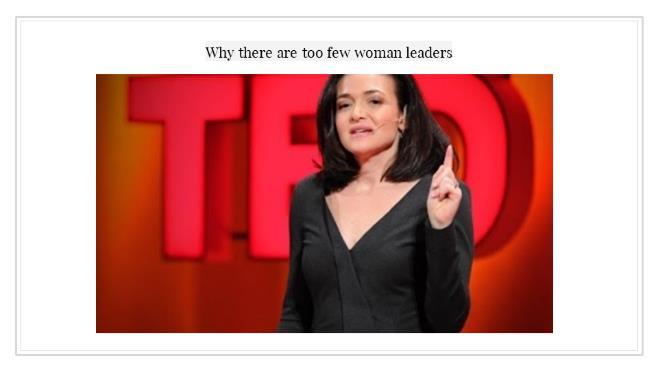
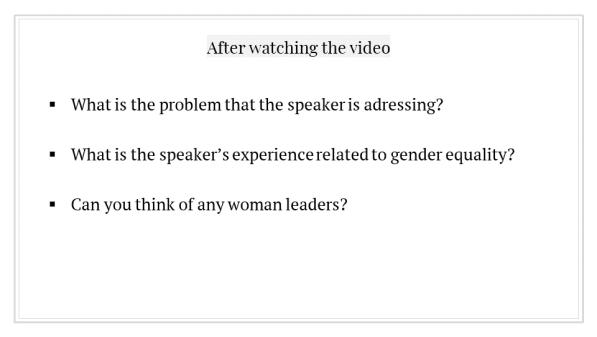
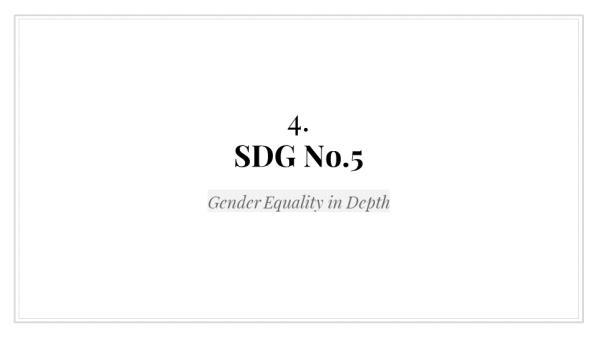
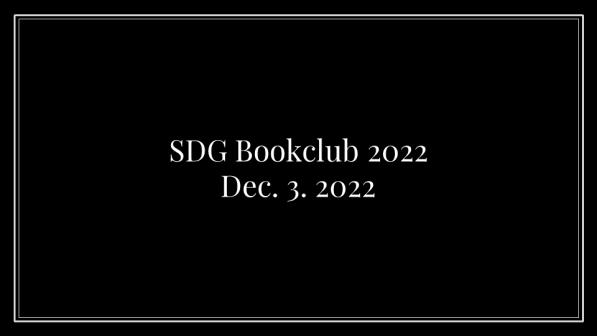
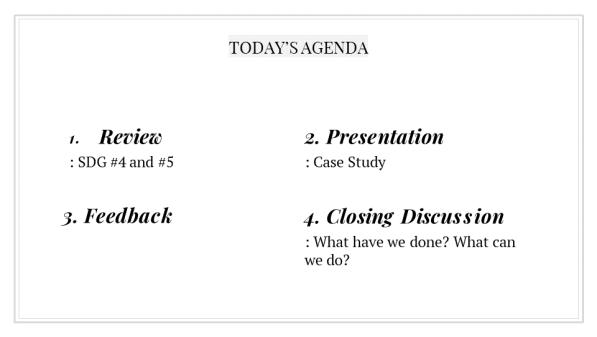

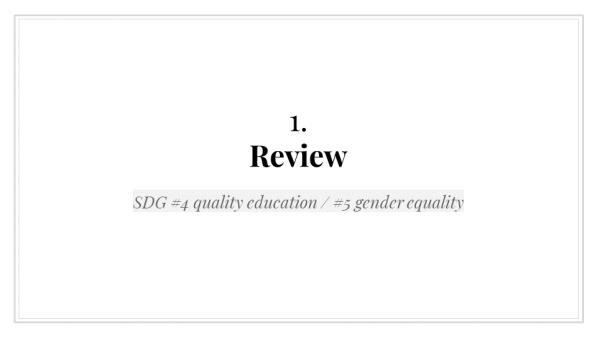
Intensive English Study Group Page 23 / 37

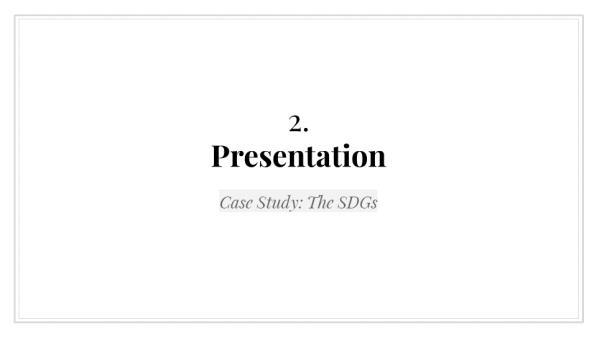
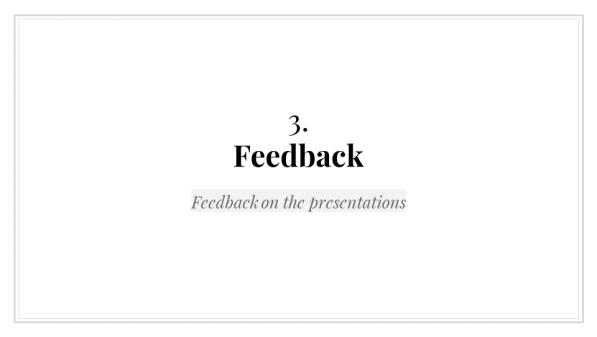
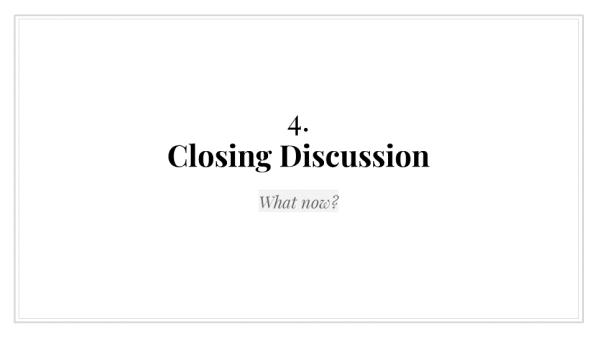

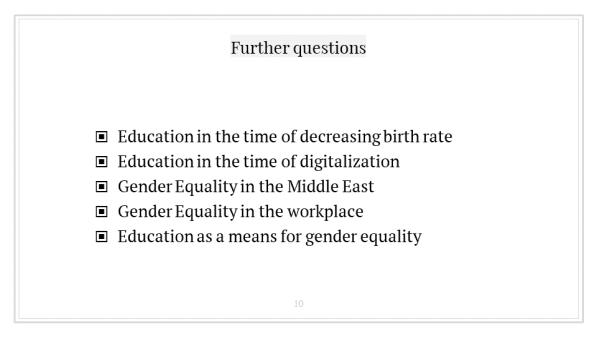
Intensive English Study Group Page 24 / 37
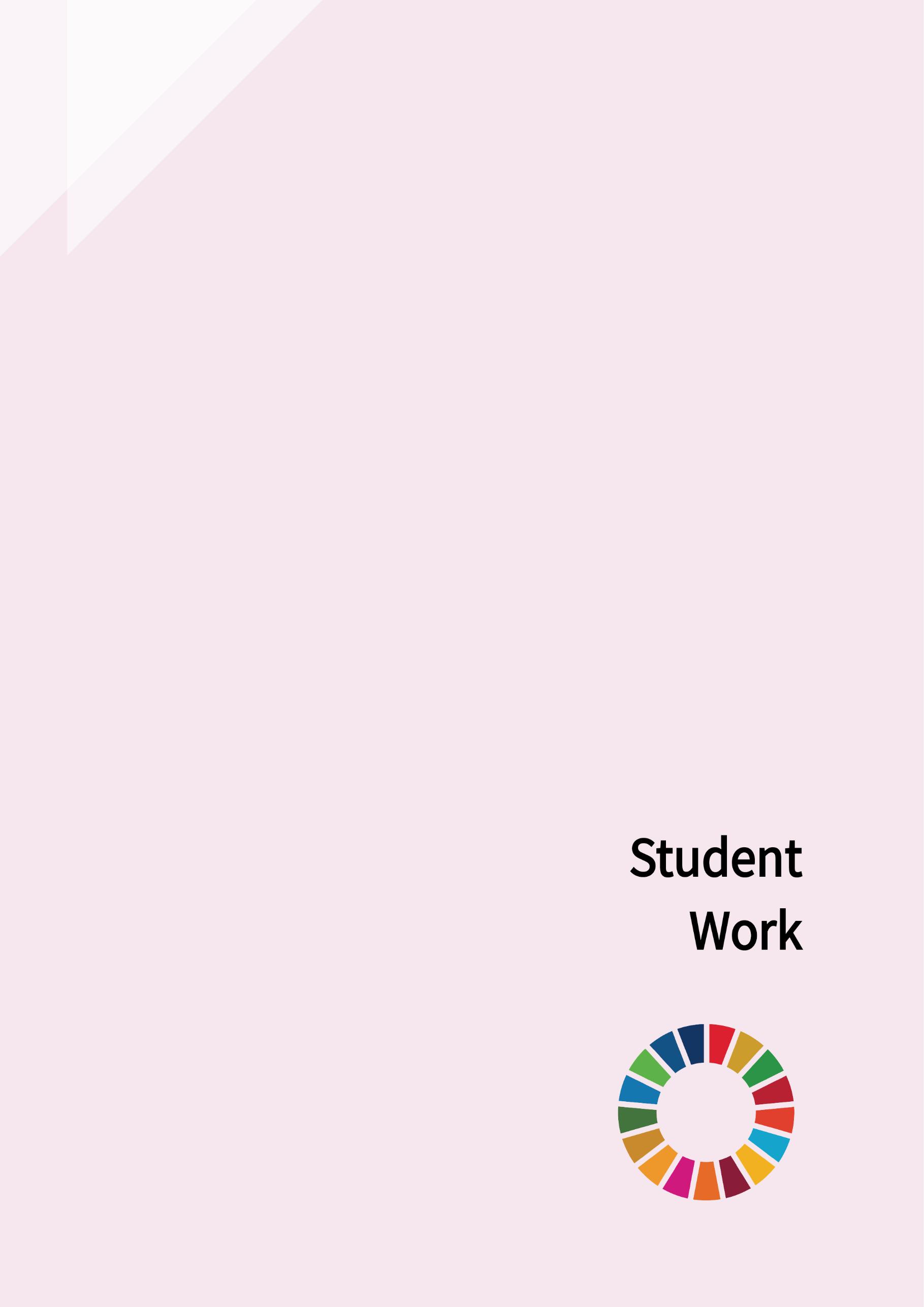 ErinCamaya
ErinCamaya
St.Scholastica'sAcademyMarikina
WhicharethemostcriticalinterlinkagesbetweenSDG4andothergoalsandtargets acrossthe2030Agenda?
SDG 4: Ensure inclusive and equitable quality educationandpromotelifelonglearningopportunitiesfor all Inotherwords,QualityEducation.Thisreferstopeople beingeducated,havingbasicknowledgeonsimplethings, and being educated about the SDGs. I remember writing similar essays about this before. I believe that all Sustainable Development Goals are equally important and should be focused on. However, SDG 4 is one of the maingoalssinceifpeoplearenoteducatedatall,howwill they know about the SDGs, and how will we inform them abouttheproblemstheworldisfacingandhowtosolvethem?Howwilltheyhelp?
TheSDGs aremadefor thegreater goodofeveryone, and for everyoneto achieve. A goal cannot be completely achieved if not everyone does something to contribute to that goal.Ifonepersonisn’teducated,howwillwereachqualityeducationforall?And,inreality, not only one person isn’teducated. There aremillions, and evenbillions of people who are not aware of the goals, and some that don’t even have basic knowledge on understanding sentences,reading,writing,ormakingsenseofthings.
SDG4isthecoreofalltheothergoals.Withoutit,noonewouldhaveeventhoughtof makingtheSDGsinthefirstplace.Ifnoonehaseverbeeneducated,wewouldneverbeable tomoveon. Our worldwouldn’tevenbehowitistoday,andnoonewouldhavethoughtof protecting,developing,andmakingourworldbetter.
For us to achieve sustainability and understanding of one another, we need to do 4 things: educate, be educated, encourage education, and provide education. First, educate,
Intensive English Study Group Page 26 / 37
Gianna
“Newlearnersshould beempoweredtohelp theworld,tosaveit and,notonlyprotect itnow,butalsofor thesustainabilityof ourfutureworld.
”
weneedtobeteachersofourown,evenifitdoesnotmeanourentireprofessionisteaching Second,beeducated.Somechildrendohaveaccess,justrefusetolearn,orbetaught.What anyone can do, as their own person, is let themselves be educated and be willing to learn. Third, to encourage education. If someone knows anyone who is not aware that they need to be educated, or feels like they don’t need education, what they can do is tell the person andencouragethemtobeopentolearningandacceptthattheyneedtobeeducated.Lastly, toprovideeducation.Thisissomethingthegovernmentcando.Provideaccesstoeducation toallthosewhohavebeendeprivedoflearning.Sometimes,theycandothis,butjustclaim that they cannot They have enough money to provide education to, maybe not all, but to mostpeople.
Newlearnersshouldbeempoweredtohelptheworld,tosaveitand,notonlyprotect it now, but also for the sustainability of our future world. Children need to be educated becausetheyaretheonesthatwillbelivinginthefuture,andtheyarealsotheonesthatwill savethefuture.QualityEducationtrulyisneededforachievingalltheothergoals,andforthe sustainability ofthewholeworld. Inother words,oneofthemainlinkagesofSDG4, Quality Education,andthe other SDGs isthatgoal4 isthemediator ofalltheother goals. Noother goalwouldeverbeachievedwithouteducation.
Whataresome practicalwaystoimproveaccesstoeducationandlife-longlearning andgenuineimpactbothonpeopleandsustainabledevelopment?
In November 2019, Covid-19 was detected - a virus never seen before in humans. Fromthattimeon,everythingchanged.Education,equality,economy,schools,dailylifeetc. Education is one of the most important things in life. However, one of the most impacted SDGGoalswasQualityEducation.Qualityeducationandagoodsocietyleadstogoodgrades, which leads to going to a good university. Good university grades lead to good jobs and
Intensive English Study Group Page 27 / 37
JooeunLee
KoreanInternationalSchoolHongKong
opportunities. Goodjobs andopportunitiesleadto financial stability and ameaningful life. Itisallconnected.
However, the pandemic impacted education harshly. Children who didn’t have access to computers or reliable internet access had no way of getting education when there was a lockdown or offlinelearningchangedtoonlinelearning. Children who received, endured, or saw violenceathomereceivedasortofshelter atschool. Butwhentherewasalockdown,there wasnoplacetobecaredfor.
One way to solve those problems is to ask the government to hand out free computers and give free access to the internet to those who live much too far in the mountains,forinstance,orthosewhocannotaffordit.Also,thegovernmentshouldhandout free notebooks, textbooks, and workbooks for similar people as mentioned above. Schools shouldgivecounselorstohelpstudentswhoareexperiencingviolenceorwhoareinneedof mental help.Inaddition,for thosewhoareathomeby themselveswhenin-personlearning haschangedtoonlinelearning,schoolsshouldgiveextra-andfree,ifneeded-bakingand/or cooking classes to show the students how to cook or bake something to eat when their guardianisnotaround.
Another problem related to education is students not being able to learn at all, whether it is online class or offline class. According to a study by the UN, approximately 24 millionchildren,frompre-primarytouniversitylevel,mayneverreturntoschoolagain,which isavery seriousproblem. Asmentionedbefore,childrenneedtolearnto go to auniversity, and you need to go to a university to get a job, and a stable job indicates that you are financiallystableenoughtohaveafamily.
However,ifpeopledonothaveenoughmoneytobuydailynecessities,ordonothave astablejob,orboth,itwillbeverydifficulttoprovideenoughmoneyfortheirfamilies,ifthey haveany,whichmay leadtochildlabour or child marriage,alsoaseriousproblem,whichis
Intensive English Study Group Page 28 / 37
“Oneday,adaywillcomewhen allthegoalsareachieved,and everyonehashopefortheirs,as wellaseveryoneelse’sfuture.”
prone to have a consequence usually to their children, such as mental, physical, or health problems,ornotbeingabletogotoschool.
Awaytosolvethatproblemistosetupafreeschool,andacharitytoreceivedonated money toruntheschool. Theschoolshouldacceptchildrenwithbothgender anddisabled children, as well as children from a variety of races. The age limit should not be too low, so around17-18yearsshouldbefine.Thereshouldbemultiple schoolsaroundthecountry,as wellasthecity,foriftheschool’sclassesarefull,itwouldnotbeawiseideatoturntheeager childrenaway,especially becauseofthefactthatwhenthey growup,their childrenmay be inthesamepositionandconditionastheyarein.
There is another problem that a lot of children are facing: low self-esteem and hopelessness.Astudysaidthatabout385millionchildrenarelivinginpovertyintheworld. Itisclosetoabout3inevery19childrenintheworld.Thatisalotofchildren.Itislikelythat alotofthemarefacingchildlabour,aswellaschildmarriage.Mostofthemmayhavelostall self-esteemandhopefortheirfuture,fortothem,thereisnofuture.Thatisoneofthereasons why free schools should be built to save their families’ money for their future and their children. The schools should also have counselors, as mentioned before, so that they can helpthechildrenregaintheirhopefortheirfuture,andother’sfutures,aswell.Oneday,aday will come when all the goals are achieved, and everyone has hope for theirs, as well as everyoneelse’sfuture.
TheinterlinkagesbetweenSDG4andotherSDGs
1. Interlinkage between SDG 4 and SDG 8: Promoting decent work and economic growth. Education and training are essential to increase skillsets and promote job creation and entrepreneurship,therebyincreasingeconomicgrowth.Qualityeducationisessentialfor the development of human capital and for the skills and workforce necessary for economicgrowth.
Intensive English Study Group Page 29 / 37
JiaPark
KISBInternationalSchool
2. TheInterlinkagebetweenSDG4andSDG10:Reducinginequality.Educationcanprovide the opportunity for people from all backgrounds to gain access to better-paying jobs, whichcanreducethegapbetweentherichandthepoor.Qualityeducationhelpsreduce inequalities between genders, socio-economic backgrounds and other factors that can leadtodisparitiesinlifeopportunities.
3. InterlinkagebetweenSDG4andSDG11:Makingcitiesandhumansettlementsinclusive, safe,resilientandsustainable.Educationcanhelpequippeoplewiththeknowledgeand skillsneededtocreatesustainableurbandevelopmentplansandensureenvironmental protection.Qualityeducationhelpsincreaseawarenessonclimatechangeandtheneed totakeactiontoreduceitsimpactontheenvironmentandsociety.
4. InterlinkagebetweenSDG4andSDG13:Takingurgentactiontocombatclimatechange anditsimpacts.Educationcanhelppeopleunderstandthecausesofclimatechange,as well as the actions that must be taken to mitigate its effects. Quality education helps increase awareness on climate change and the need to take action to reduce itsimpact ontheenvironmentandsociety.
5. The interlinkage between SDG 4 and SDG 16: Peace, justice and strong institutions. Education can help promote peace and stability by teachingpeople to respectdiversity and live together peacefully. It can also help build institutions that are accountable and just.Qualityeducationincreasescriticalthinkingandhelpspromotethevaluesofpeace, justiceandstronginstitutions.
6. InterlinkagebetweenSDG4andSDG17: Qualityeducationrequirespartnershipsacross governments, civil society, the private sector, andother stakeholders to share resources andexpertiseinordertoachieveitsobjectives.
ThetargetsofSDG4acrossthe2030agenda
1. Ensurethatallgirlsandboyscompletefree,equitableandqualityprimaryandsecondary educationleadingtorelevantandeffectivelearningoutcomes
Intensive English Study Group Page 30 / 37
2. Achievegenderequalityandempowerallwomenandgirls
3. Substantiallyincreasethenumberofyouthandadultswhohaverelevantskills,including technicalandvocationalskills,foremployment,decentjobsandentrepreneurship
4. Increase substantially the supply of qualified teachers, including through international cooperationforteachertrainingindevelopingcountries
5. Eliminate gender disparities in education and ensure equal access to all levels of educationandvocationaltrainingfor thevulnerable,includingpersonswithdisabilities, indigenouspeoplesandchildreninvulnerablesituations
6. By2030,substantiallyincreasethenumberofyouthandadultswhohaverelevantskills, including technical and vocational skills, for employment, decent jobs and entrepreneurship
7. By 2030, substantially increase the supply of qualified teachers, including through internationalcooperationforteachertrainingindevelopingcountries
8. By 2020, substantially expand globally the number of scholarships available to developing countries, in particular least developed countries, small island developing States and African countries, for enrollments in higher education, including vocational training and information and communications technology, technical, engineering and scientificprogrammers,indevelopedcountriesandotherdevelopingcountries
9. Support and strengthen the participation of developing countries in the institutions of globalgovernancerelatedtotheworldeconomy,includingtheWorldTradeOrganization, theInternationalMonetaryFundandtheWorldBank
10.Increasesubstantiallytheeconomic,socialandtechnologicalcapacity-buildingsupport providedto. Strengthen the capacity of allcountries,in particular developing countries, forearlychildhooddevelopment,careandpre-primaryeducation
Intensive English Study Group Page 31 / 37
KayeonPark
SeoulGawonElementarySchool
Waystoimproveaccesstoeducation
Education is important because it allowspeopletobreakthecycleofpoverty. It can reduce inequality, and teaches people to lead a healthier and more sustainablelifestyle.Educatedtobeableto survive in this world, students can understand the difference between good and bad, get a goodjob,andbecomeagoodcitizeningeneral.They willbeshowntheimportanceofhard work and will be able to grow and develop. However, for some people, it is difficult to be properlyeducatedbecauseofthelackofresources,teachers,orsomeotherissue.Asquality educationissoimportantforstudents,thereshouldbewaysforstudentsincertainareasto receivetheeducationtheyneed.
First, there should definitely be more technology implemented in schools. This is mainlybecauseofCovid-19,whenalltheschoolswereshutdownandeveryonewentunder lockdown.Theonlywaytoattendclasseswerethroughonlinemeetings.Duetothefactthat somepeopleinmoreruralareasdonothaveaccesstothetechnologythattheyrequire,the education they can receive is limited. The pandemic has calmed down now, but there is always the possibility that another new virus will shut down the entire world, preventing studentswithoutinternetprivilegesfromgettingqualityeducation.
There should also be more free public schools. In South Korea and other countries, schooltuitioniscompletelyfreeuntiluniversity,becausethegovernmentpaysforeverything. Universitiesarealsorelatively affordable,especially whencomparedtothoseoftheUS and UK. In more rural areas in countries like Indonesia, India and Africa, schools also require
Intensive English Study Group Page 32 / 37
“
”
Educationcanbeusedasatool topromotesustainable development.
payment in order to give students an education. People who are not wealthy are at a great disadvantage.Somechildrenareunabletoreceiveaneducationsimply becausetheydon’t havethemoney for it. Quality educationshouldbemandatory for allpeople. Money should notbeafactorwhenitcomestochildrengettinganeducation.
Finally,learnerswithdisabilitiesshouldbeacknowledgedandaidedaccordingly.Just becausetheyhavesomekindofdisability,itdoesn’tnecessarilymeanitwillbeasetbackto their education. Quality education for all students is important, especially students who don’t seem like they can do much. Because theyseem a bit hopeless, they shouldbe set in the right direction and be able to have a chance for a better future. If they have a will, they canlearn.Nomatterwhatproblemstheyhave.
Education can be used as a tool to promote sustainable development, hence why Sustainable Development Goal 4 is “Quality Education”. Schools teach children about the skills, understanding, values and actions required to create a sustainable world. With this knowledge, children can grow up to achieve a genuinely sustainable world. Eradicating poverty, ensuring good health care for everyone, and protecting the environment are all possible with well educated people. The students today are the hope for the future generationstocome.Soitisextremelyimportantthattheyknowwhattodobythen.
Intensive English Study Group Page 33 / 37
Lin,Chi-han
WufuJuniorHighSchool
What are some practical ways to improve access to quality education and life-long learninganddelivergenuineimpactbothonpeopleandsustainabledevelopment?
We all agree on quality education providing proper knowledge to people, the answer to why we learn those subjects in school. For example math, social study, and history are all important information for the future life. And there are some practical ways to improve the access to quality education. One of the ways this could be solved is by setting up public education systemsthataresupportedbytaxes.Thiscouldbedonebyraisinglocaltaxes,orpreferably by reallocatingfundingfrom taxesto put towards building andmaintainingpublicschools. Tuitionisnot theonly costassociatedwithattendingschool. Another way istohaveonline advanced technology, in Taiwan students and teachers build up a system of online classrooms. It can start a meeting whenever the teacher wants, and also create online homeworktohandintostudents.Thissystem helpedalotduringtheCOVID-19pandemic, studentscanalsolearnonline,whichthisprojectisalsocalled“schooloverbutlearningnot over”. Anditnotonlybenefitsthestudentsathome,butalsobenefitsstudentsthatcannot pay orhaveaccesstopropereducation.I willexplainitnow. Ourgovernmentalsoprovided somefreepadstothecountrysideforstudentstostudy,andittestedprettywell.Andthatis somewaystoprovidemoreopportunityforqualityeducation.
learntobeold, ”
Now, let’s talkabout life-long learning. There is asentence “Live to be old and learn to be old”, by understanding it, we can know that there are no limits to learn. You can still learn something when you are 80 or 90 years old, but it may be less. What about the importance of life-long learning? Whether pursuing personal interests and passions or chasingprofessionalambitions,lifelonglearningcanhelpustoachievepersonalfulfillment and satisfaction. It recognizes that humans have a natural drive to explore, learn and grow and encourages us to improve our own quality of life and sense of self-worth by paying attention to the ideas and goals that inspire us. Here are also some benefits for life-long
Intensive English Study Group Page 34 / 37
“Livetobeoldand
learning, firstly, renewed self-motivation. Sometimes we get stuck in a rut doing things simply because we have to do them, like going to work or cleaning the house. Figuring out whatinspiresyouputsyoubackinthedriver’sseatandisareminderthatyoucanreally do thingsinlifethatyouwanttodo. Secondly,recognitionofpersonalinterestsandgoals. Reignitingwhatmakesyoutickasapersonreducesboredom,makeslifemoreinteresting,and canevenopenfutureopportunities.Youneverknowwhereyourinterestswillleadyouifyou focus on them. Thirdly, improvement in other personal and professional skills. While we’re busy learning a new skill or acquiring new knowledge, we’re also building other valuable skillsthatcanhelpusinourpersonalandprofessional lives.Thisisbecauseweutilizeother skillsinordertolearnsomethingnew.Forexample,learningtosewrequiresproblem-solving. Learningtodrawinvolvesdevelopingcreativity.Skilldevelopmentcanincludeinterpersonal skills, creativity, problem-solving, critical thinking, leadership, reflection, adaptability and muchmore.
Lastly, I will mention the genuine impact both on people and sustainable development by education. When talking about delivering genuine impact both on people andsustainable developmentby education,wemay focusonthesustainabledevelopment part. We’re reaching a critical time in the field of sustainable development. At the end of October, the global population hit 7 billion. That number may not mean much on its own, but therapidpace of global growth is whatmakes it truly concerning. SinceI wasborn, the world’spopulationhasmorethandoubled,andwenowfindourselveswiththelargestyouth populationinhistory. Morepeopleareusingmoreresources butthoseresourcesarefast depleting.TheFoodandAgricultureOrganisationoftheUnitedNationsispredictingthatby 2025,1.8billionpeoplewillbelivingincountriesorregionswithabsolutewaterscarcity.We encounter the same problems when we look at available food, minerals and other natural resources.
Intensive English Study Group Page 35 / 37
©2022HopetotheFutureAssociation
Allrightsreserved.
Allqueriesonrightsandlicenses, includingsubsidiaryrights,shouldbeaddressedto:
HopetotheFutureAssociation
4F,DanaBldg.,Bongeunsa-ro176, Gangnam-gu,Seoul,RepublicofKorea
E-mail:webmaster@hopetofuture.org;Website:www.hopetofuture.org
DesignandLayout EducationDepartment
HopetotheFutureAssociation
Intensive English Study Group Page 36 / 37
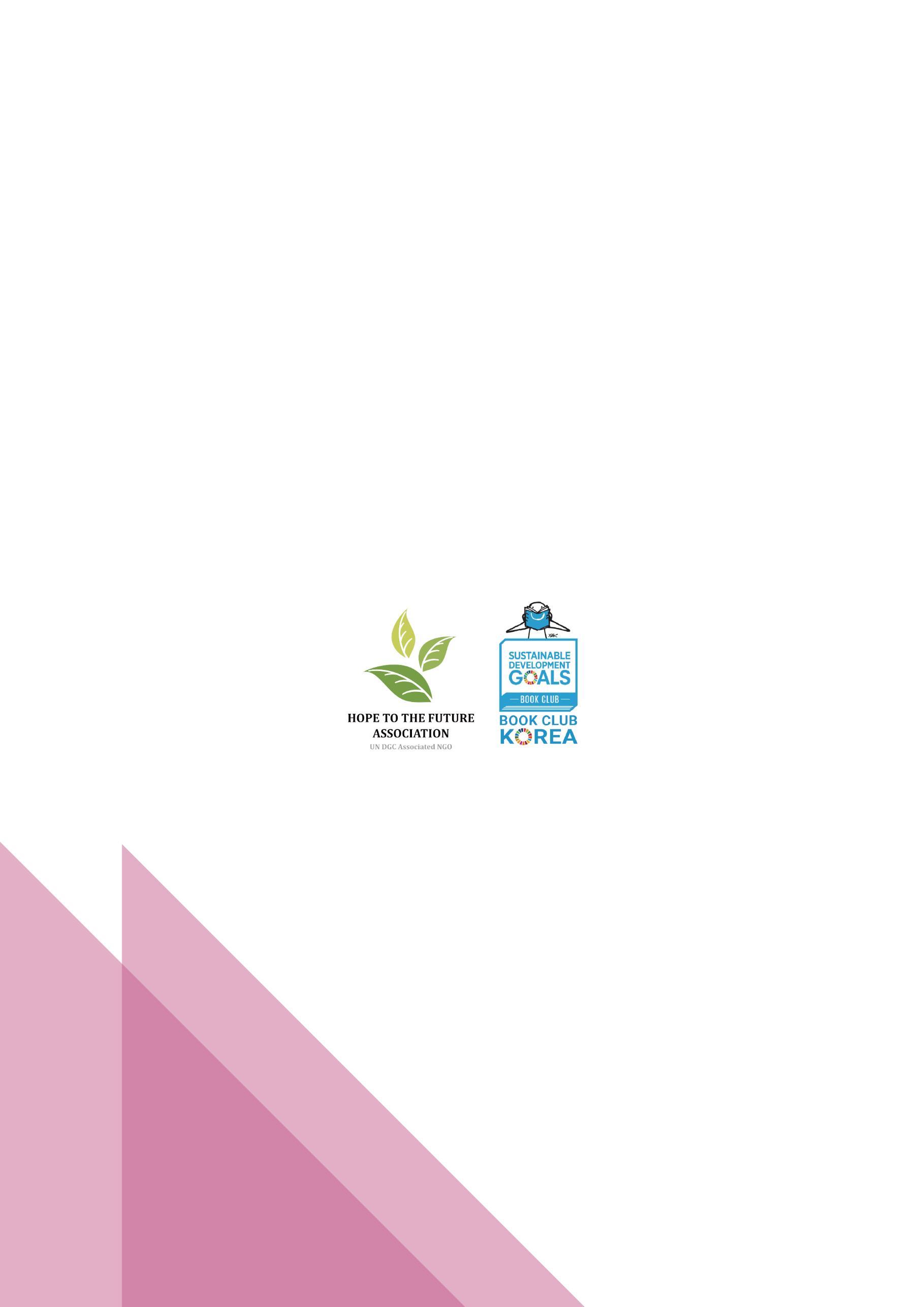
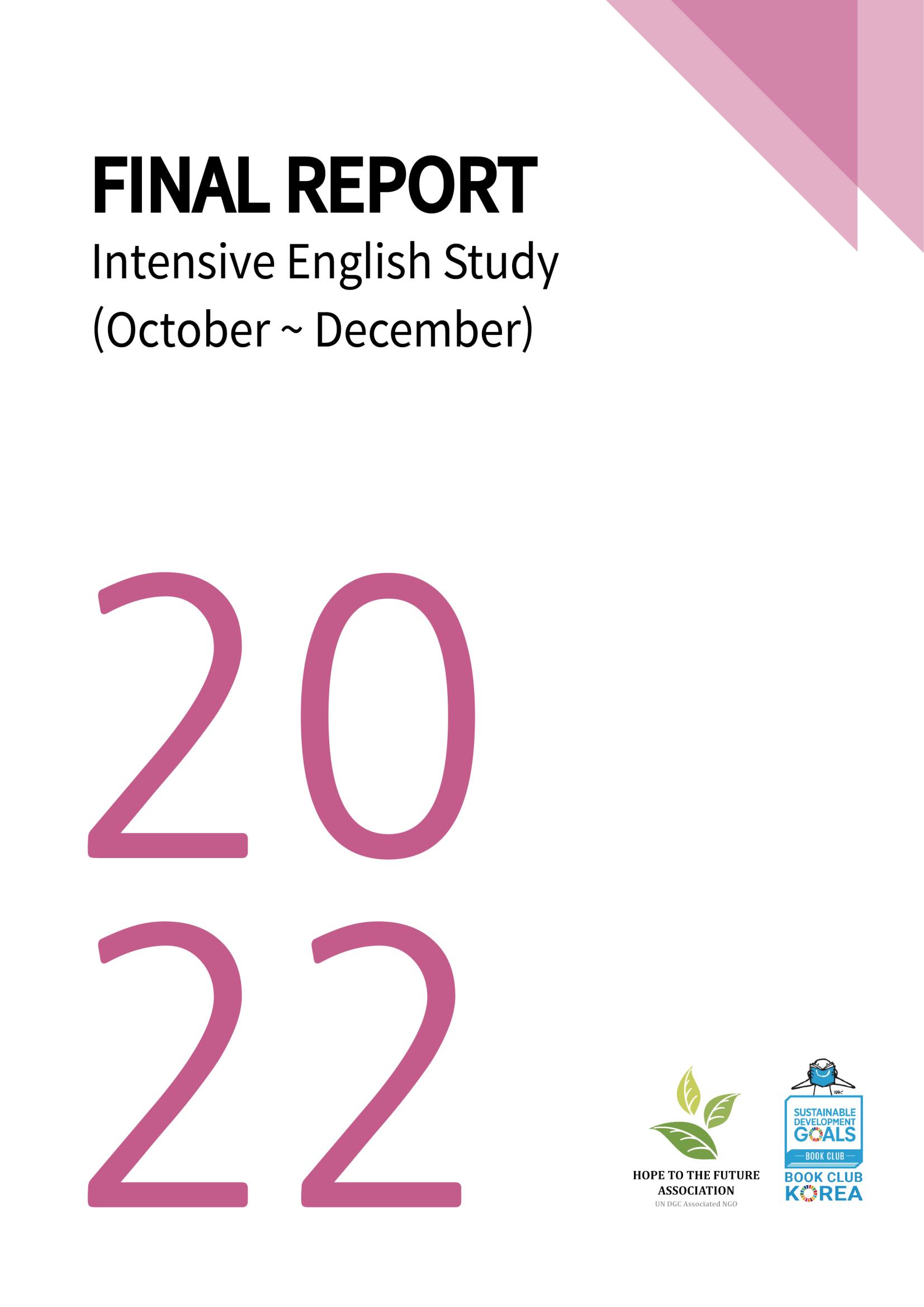
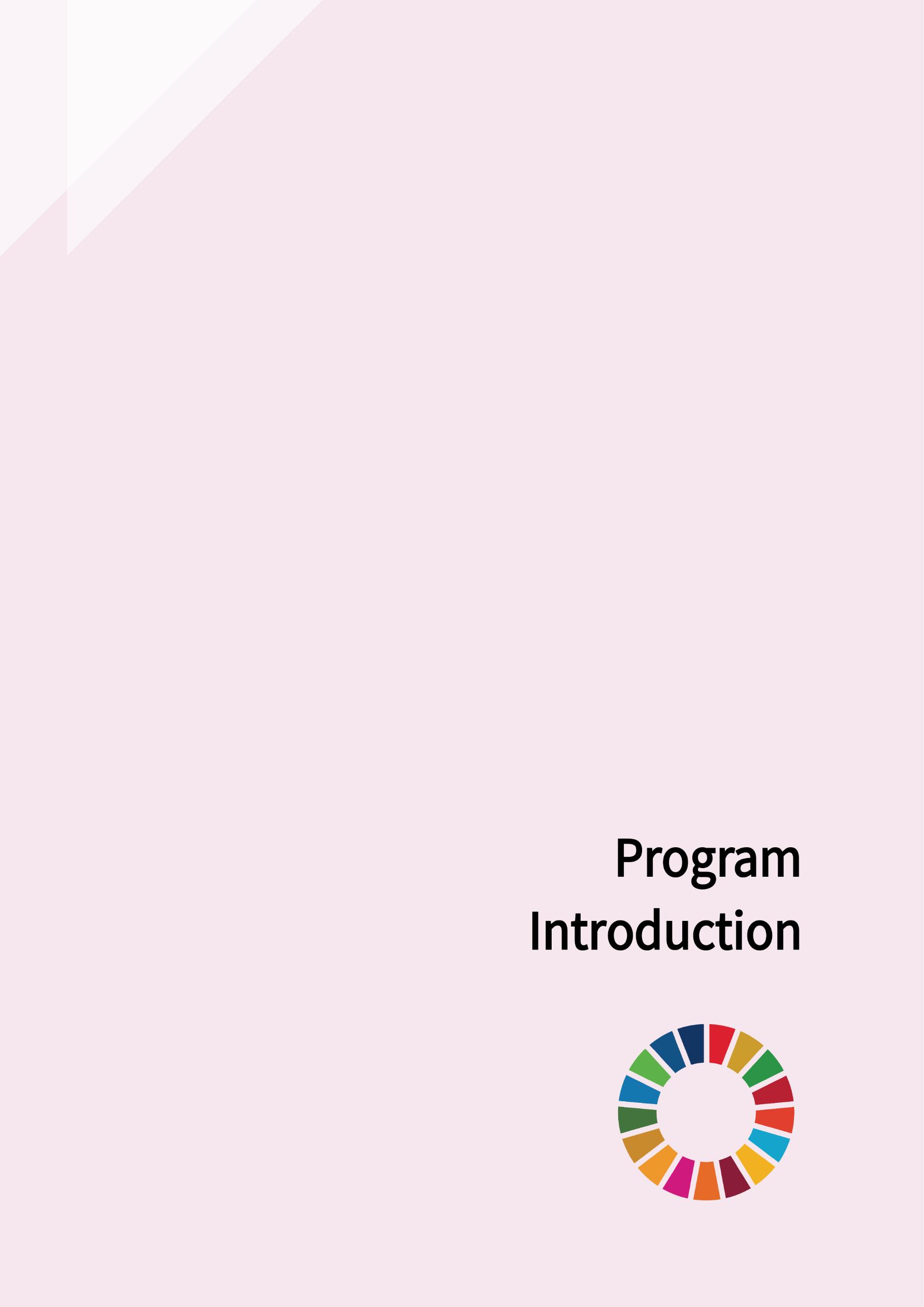

















































































































 ErinCamaya
ErinCamaya
